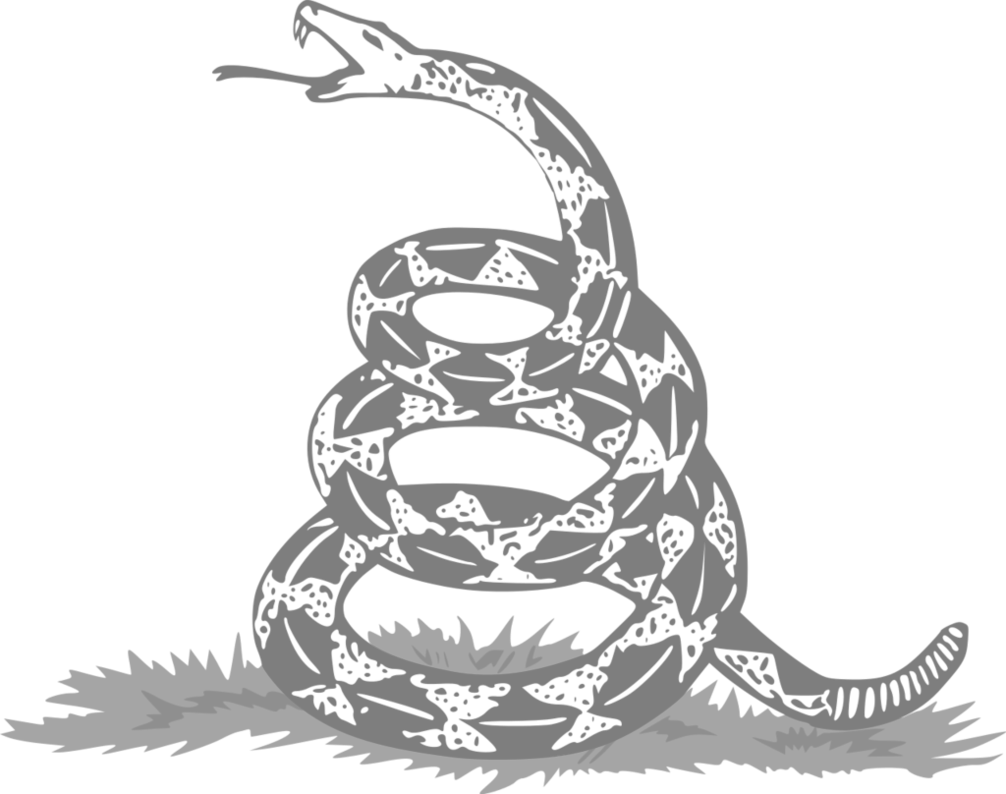Reverse straw man: Difference between revisions
No edit summary |
No edit summary |
||
| Line 11: | Line 11: | ||
In its extreme form ([[antonym fallacy]]), proposition B is the exact opposite of A, thus akin to the [[Schrödinger’s razor fallacy. | In its extreme form ([[antonym fallacy]]), proposition B is the exact opposite of A, thus akin to the [[Schrödinger’s razor fallacy. | ||
The reverse straw man then consists in getting a proposition accepted by arguing in favor of its opposite, by playing on definitions, using intermediate [[anti-concept]]ual definitions ([[définition par traits secondaires]]) or even [[intellectual package dealing]]s. | |||
= Exemples = | = Exemples = | ||
Revision as of 01:51, 20 April 2018
The reverse straw man fallacy is the opposite of the straw man fallacy. Consider two propositions:
- A, which is hard to attack ;
- B, which is easy to attack.
Whereas the straw man fallacy consists in attacking proposition A by attacking instead proposition B, the reverse straw man consists in defending proposition B by defending proposition A.
It’s a form of non sequitur: accepting A would imply to accept B, or a form of equivocation.
In its extreme form (antonym fallacy), proposition B is the exact opposite of A, thus akin to the [[Schrödinger’s razor fallacy.
The reverse straw man then consists in getting a proposition accepted by arguing in favor of its opposite, by playing on definitions, using intermediate anti-conceptual definitions (définition par traits secondaires) or even intellectual package dealings.
Exemples
barking cat
borders
examples
